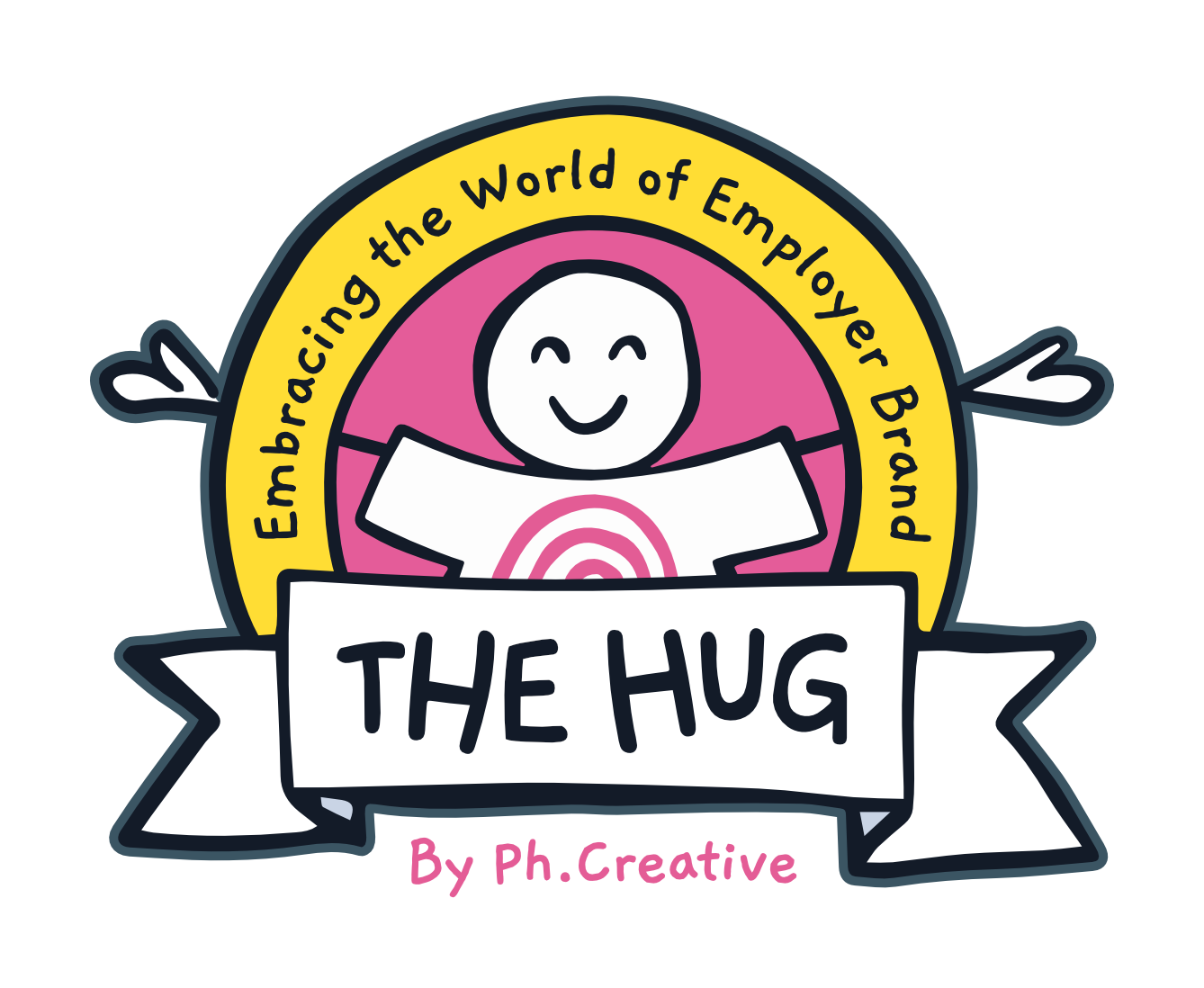When Employer Branding Goes Wrong
3 min read.

There’s only one thing that will derail your employer brand pitch quicker than accidentally calling your key stakeholder “Mum,” — her not bothering to show up in the first place.
Because when the ultimate decision maker of the project isn’t involved in the early stages of the process, making the scope of work crystal clear and giving feedback at presentations, things get messy fast.
Frustration in employer branding
Celeste Sirin, experienced strategist and Founder of Employer Branding Africa, knows the pain of this pitfall all too well. In her recent experience with a global organisation, a contractor with good intentions was spearheading the project and as far as she could tell, had the authority to give her work the green light. But when the contractor suddenly had to leave the company, her ‘award’ of the work disappeared with him. Celeste’s initial presentation was all but forgotten. It was only then she realised that “the real decision-makers… they didn’t even come to the pitch. They weren’t there.”
Later, when she was called in to do a second pitch, what happened next totally blindsided her.
As the meeting progressed, she began to feel uneasy.
“It’s just as well I didn't get on an airplane to go and present in person,” she says, “because I had two people in the meeting, almost restless and yawning, who halfway through the meeting basically said, ‘this isn't really what we wanted.’”
Now it was clear the goalposts had moved. The original scope of work – which was to understand and validate the company's EVP - was flipped on its head. Now the stakeholders were only interested in their visibility as a top employer (going from number seven to number one.) “It made me feel like I hadn't done my homework, and it was really scarring, actually,” Celeste says, adding that the amount of time and work lost to the process totalled “at least a month.”
A self-proclaimed “eternal optimist” though, Celeste views every experience — good or bad — as a learning opportunity, and she was determined to find a silver lining.
Here are the ride or die rules she now swears by, shared in the hopes they'll help you avoid similar scenarios.
Ride or die rules for starting a project
1. Get decision-makers in the room
Get your presentation in front of the right eyes, come hell or high-water.
“Employer branding initiatives must be endorsed, sponsored, and driven from the top,” Celeste urges. So if the real decision-makers can’t make the meeting, reschedule. Full stop.
2. Clarify goals before pitching
Before investing time in proposals, make sure leadership agree on what they actually want.
Is it EVP strategy? Better visibility? Targeted talent attraction? Set clear expectations early on to avoid bumps later.
3. Know that procurement isn’t a shortcut
Relying on procurement teams who don’t fully understand employer branding will disrupt your project. These “peripheral stakeholders do not have their heart and the mind in the employer branding space,” says Celeste. “Often they’re going through a tick box motion through procurement policies.
So, it's so important you make sure someone who is well versed in employer branding is involved in decision-making.
These rules aren't just about saving time — they'll let you do valuable and meaningful work without losing the will to live during process.
As Celeste notes: “There's so much in employer branding that no one is bold enough to speak about. We need to start calling out where things are derailing… so that people new to employer branding can get it right from the start and are not demoralised.
“These projects are not about installing air conditioners, you know?” she continues. They’re about putting people at the forefront of your organisation and brand. And if people at the top can't even live or respect that brand, what’s the point?”
Sign up to our blog

Every other Thursday we share:
✔ One feature full of our freshest insights
✔ An expert hack you'll love to use
✔ The links you need now
+ other helpful bits for thousands of EB and TA pros just like you
